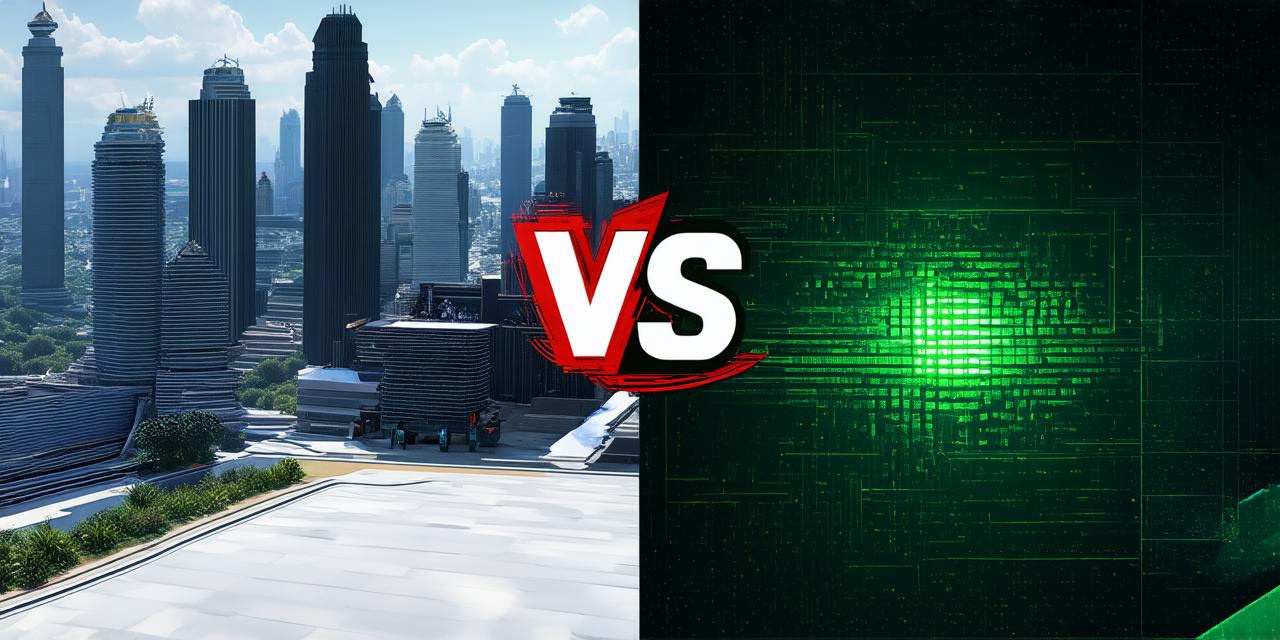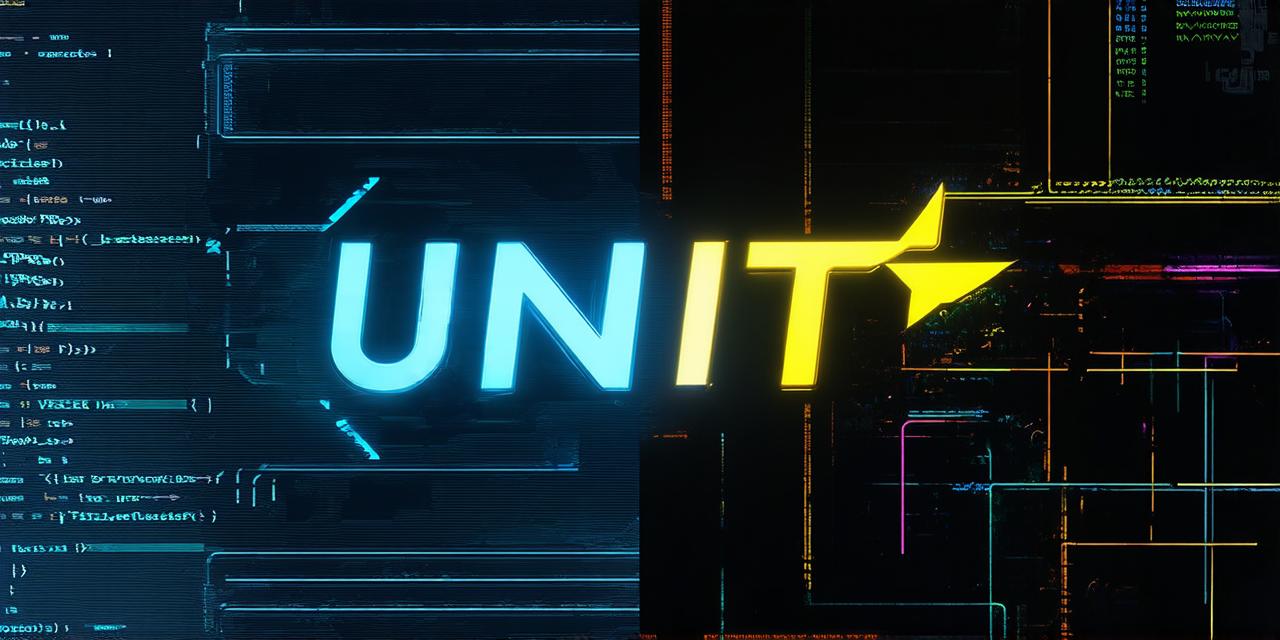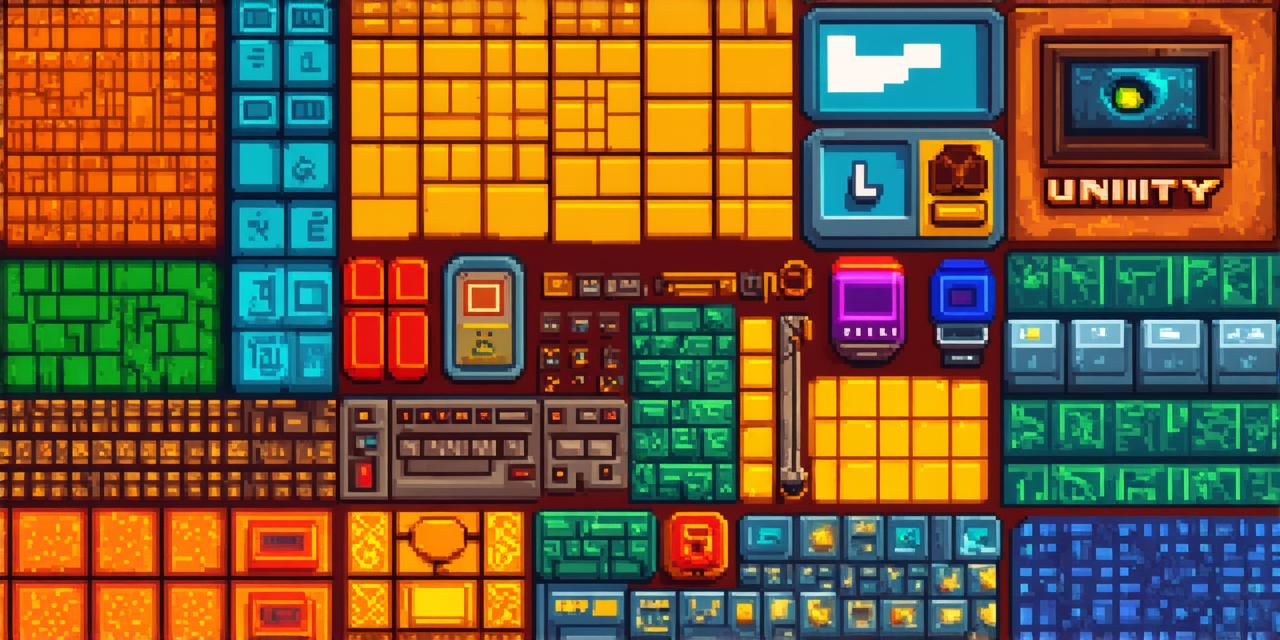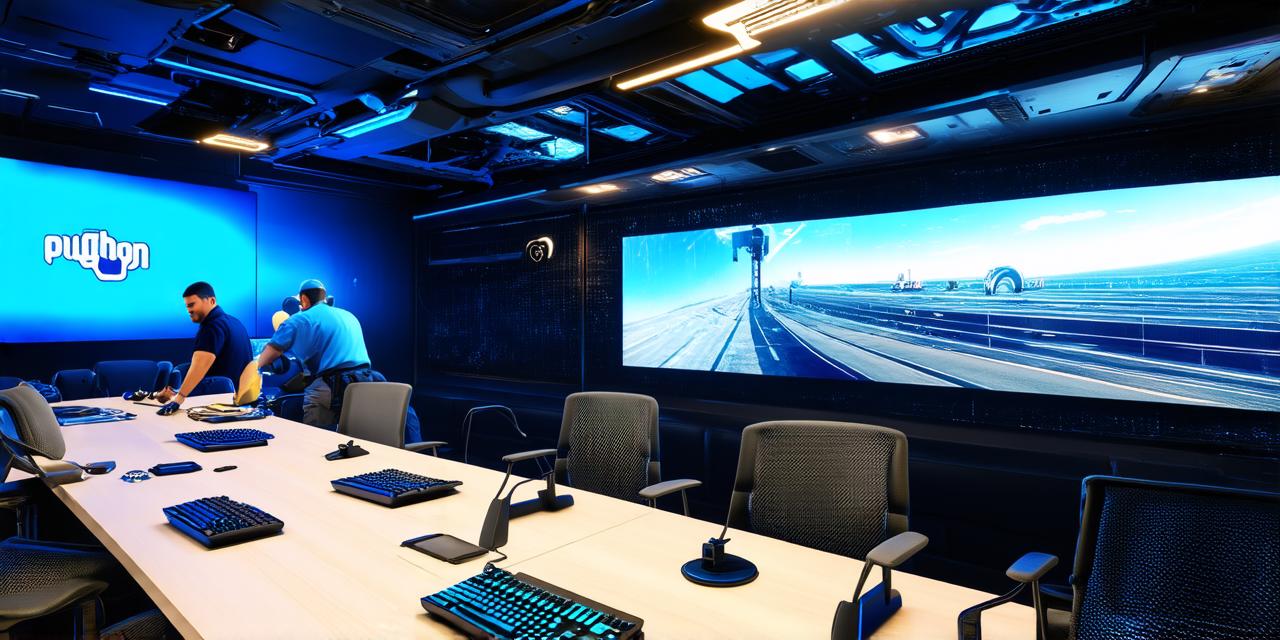Unity is a powerful game engine that has become increasingly popular among developers due to its versatility and user-friendly interface.
However, there are many questions surrounding whether Unity is better than other 3D engines such as Unreal Engine and CryEngine. In this article, we will explore the pros and cons of using Unity for 3D applications, and determine if it is the right choice for your project.
Pros of Using Unity
-
1. User-Friendly Interface
-
2. Cross-Platform Compatibility
-
3. Large Community Support
-
4. Cost-Effective
One of the main advantages of Unity is its user-friendly interface. It allows developers to create complex 3D scenes without requiring extensive technical knowledge or coding skills. This makes it a great choice for beginners or teams that are just starting out in game development.

Another advantage of Unity is its cross-platform compatibility. Developers can create 3D applications that run on multiple platforms such as PC, mobile, and consoles with a single codebase. This saves time and resources, making it easier for developers to reach a wider audience.
Unity has a large and active community of developers who contribute to the platform through plugins, assets, and tools. This makes it easy for developers to find solutions to problems they may encounter during development, and allows them to take advantage of pre-made content to speed up their workflow.
Finally, Unity is a cost-effective solution for 3D application development. It offers a free version that can be used for personal or educational projects, as well as a paid version that provides additional features and support. Additionally, Unity supports open-source assets and plugins, which allows developers to create high-quality 3D applications without breaking the bank.
Cons of Using Unity
-
1. Limited Graphics Capabilities
-
2. Performance Issues
-
3. Limited Scripting Capabilities
-
4. Limited Support
One of the main drawbacks of Unity is its limited graphics capabilities compared to other 3D engines such as Unreal Engine and CryEngine. While Unity has come a long way in improving its graphics, it still lags behind these more powerful engines when it comes to complex visual effects and high-end rendering.
Another disadvantage of Unity is its performance issues on certain platforms. For example, Unity can struggle with low frame rates on older consoles or mobile devices, which can negatively impact the user experience. Additionally, some advanced features in Unity require powerful hardware, which may not be accessible to all developers.
Unity has limited scripting capabilities compared to other 3D engines such as Unreal Engine. While it supports C and JavaScript, its scripting language is not as powerful or flexible as those used in other engines. This can make it difficult for developers to create complex systems or integrate third-party plugins.
Finally, Unity’s support can be limited compared to other 3D engines. While the community is active and helpful, the official support from Unity may not be as extensive or reliable as that provided by other engines. This can make it difficult for developers to get help when they encounter problems during development.
Case Study: Epic Games’ Fortnite
One of the most successful 3D applications built with Unity is Epic Games’ Fortnite. Fortnite is a battle royale game that has gained immense popularity since its launch in 2017. The game was built using Unity’s cross-platform capabilities, allowing it to run on multiple platforms including PC, mobile, and consoles.
While Fortnite has faced some performance issues on certain platforms, it has also been praised for its user-friendly interface and accessible graphics. Additionally, the game’s development team has been able to take advantage of Unity’s community support by leveraging pre-made assets and plugins to speed up their workflow.




